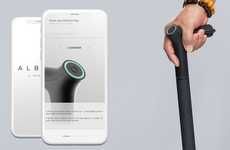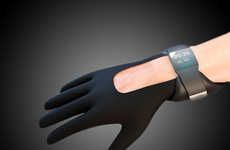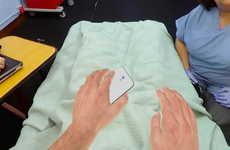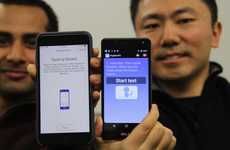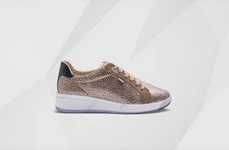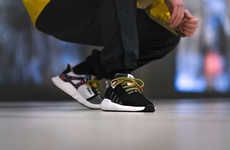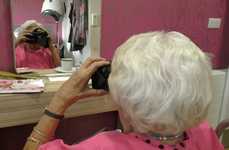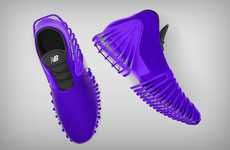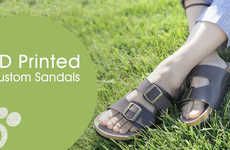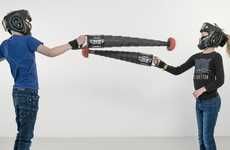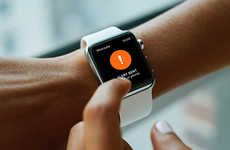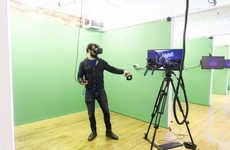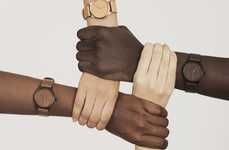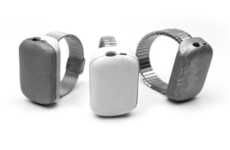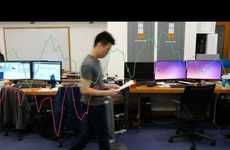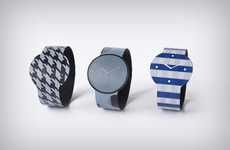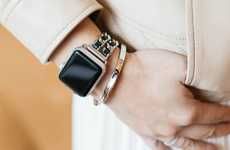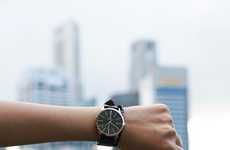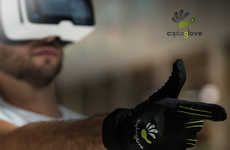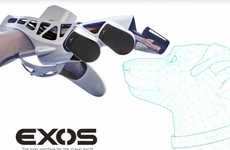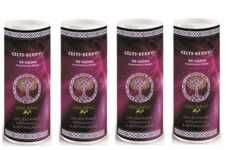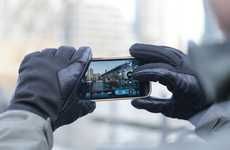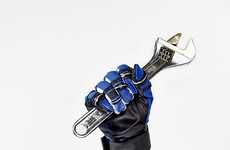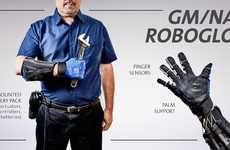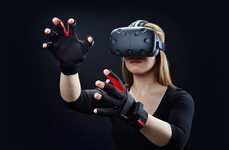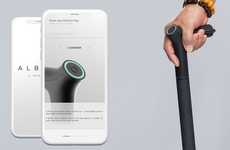

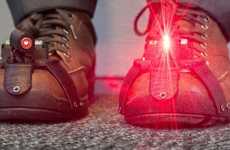

Everyday, wearable items help those with Parkinson's disease
Trend - Researchers are developing everyday wearables like watches and belts that incorporate assistive functions for people affected by Parkinson's disease. These products are designed to enhance mobility in a way that is non-intrusive and allows for an enhanced quality of life for its customers.
Insight - For people with disabilities and chronic illnesses, their quality of life is often impacted--in-part because the world is designed for people without disabilities. These individuals may need additional assistance throughout the day, and technology that allows for that is able to help while still offering autonomy for those who need it.
Insight - For people with disabilities and chronic illnesses, their quality of life is often impacted--in-part because the world is designed for people without disabilities. These individuals may need additional assistance throughout the day, and technology that allows for that is able to help while still offering autonomy for those who need it.
Workshop Question - How could your brand create non-intrusive items/services that convenience its customers' lives?
Trend Themes
1. Assistive Wearables - Researchers are developing wearables designed to enhance the quality of life for those affected by Parkinson's disease.
2. Haptic Feedback - Technology that provides haptic feedback helps Parkinson's patients bypass Freezing of Gait (FOG) and move with more ease.
3. Laser Cue - Shoes are being designed with lasers that help those who suffer from gait freezing maintain their balance while walking.
Industry Implications
1. Healthcare - Assistive wearables, haptic feedback, and laser cue technology are all value-adds within the healthcare industry.
2. Consumer Electronics - This latest breakthrough in wearable technology suggests a promising future for consumer electronics alike.
3. Mobility Assistance - Innovations in this field offer helpful, non-intrusive ways to assist with mobility throughout day-to-day life.
